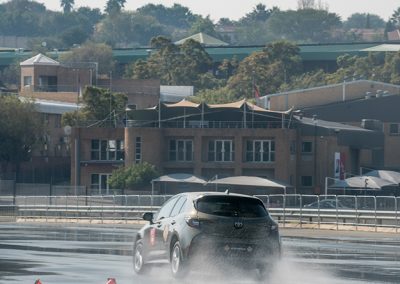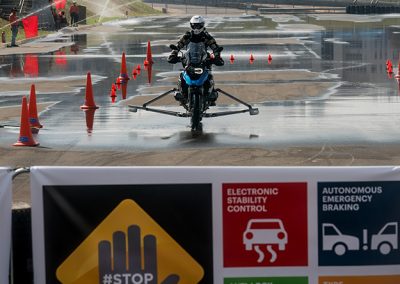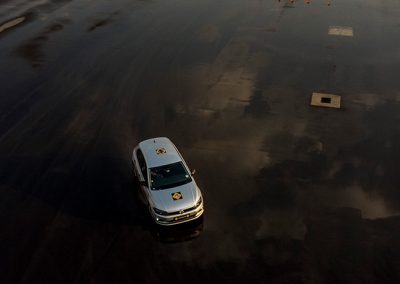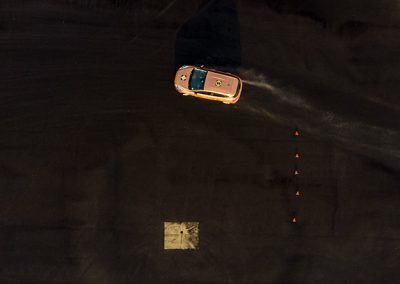AA CRASH TESTS
#SAFERCARSFORAFRICA
I need help choosing a product
"*" indicates required fields
2019 Crash Test Results
POOR CHILD PROTECTION RESULTS
Global NCAP and the Automobile Association of South Africa launch the third round of #SaferCarsForAfrica crash test results today with the welcome support of the FIA Foundation and Bloomberg Philanthropies. The three models tested show reasonable safety performance for adult occupants but disappointing results for child occupant protection.
The models tested by Global NCAP are the Toyota Avanza, Honda Amaze, and Suzuki Ignis. The Avanza is a very popular model in South Africa for public transport and fleet use. Global NCAP chose the entry-level version of each model and each was fitted with at least two airbags as standard. The results highlight significant differences between adult and child occupant protection.
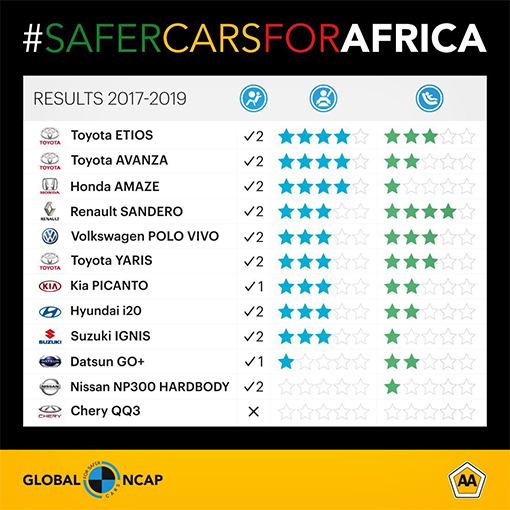
TOYOTA AVANZA
The Avanza just managed to achieve four stars for Adult Occupant Protection despite the structure and footwell area rated as unstable. The restraint systems in the car worked properly which, together with the two Seat Belt Reminders (SBR), for driver and passenger, just met the requirements to achieve a four-star safety rating for the adults.
The Avanza achieved only two stars in Child Occupant Protection, which was explained by the detachment of the rear bench from the anchorages to the structure of the car as it was pulled by the CRS from the 3-year-old dummy attached with ISOFIX to the rear bench.
SUZUKI IGNIS
The Ignis achieved three stars for Adult Occupant Protection in the frontal crash test at 64km/h. The vehicle structure was rated as unstable and offered weak chest protection for the driver. Child safety of the Ignis achieved a low score because Suzuki did not recommend a CRS for the test. Global NCAP considers that car manufacturers are responsible for all occupants in the car and for this reason they must always recommend the CRS to be used in the test.
When they decline to do so, the car manufacturer is not awarded points during the test. Comparing this car with the same model for Europe, while the South African Ignis has two airbags and ABS as standard, the European version of the car offers as standard: 6 airbags (2 frontal, 2 side body and 2 side curtain airbags) and Electronic Stability Control.
HONDA AMAZE
The Honda Amaze achieved a solid four stars for Adult Occupant Protection in the frontal crash test at 64km/h. The vehicle structure was rated as stable as well as the footwell area. The car offers seatbelt pretensioners for both front passengers and seatbelt reminder for the driver. Using the child seats recommended by Honda, the Amaze only achieved a one-star rating for Child Occupant Protection. The child dummies contacted the interior of the car, showing evidence of head exposure and the probability of injury.
In the case of the 18-month-old CRS, the armrest opened (deployed) during the crash hitting the CRS, braking the handle lock and causing a rotation of the CRS that ended in the head of the dummy contacting the seat backrest. In the case of the 3-year-old dummy, despite using a CRS with ISOFIX, its head contacted the interior of the car in the rebound phase. Both head contacts of both child dummies brought the head score to zero and with the broken CRS for the 18-month-old dummy, the full points of the dynamic test for this dummy were lowered to zero.


#STOPTHECRASH CAMPAIGN
FOR CAR AND MOTORCYCLE SAFETY LAUNCHES IN SOUTH AFRICA
For the first time in Africa, the #StopTheCrashPartnership hosts live demonstrations of crash avoidance technologies in support of the United Nations Global Goals and the Decade of Action for Road Safety.
Launched at the Kyalami Grand Prix Circuit in Johannesburg with the support of the AutomobileAssociation (AA) of South Africa, the#StopTheCrash Partnership event has a special focus on the life-saving benefits of Electronic Stability Control (ESC), Autonomous Emergency Braking(AEB), and Anti-lock Braking Systems (ABS) for motorcycles.

